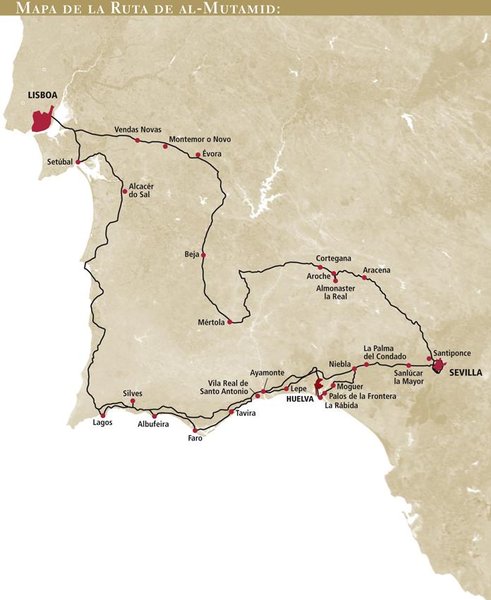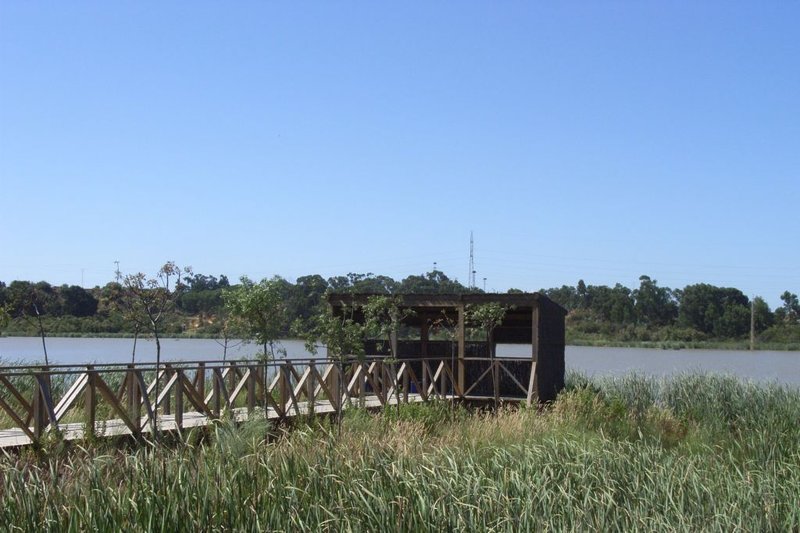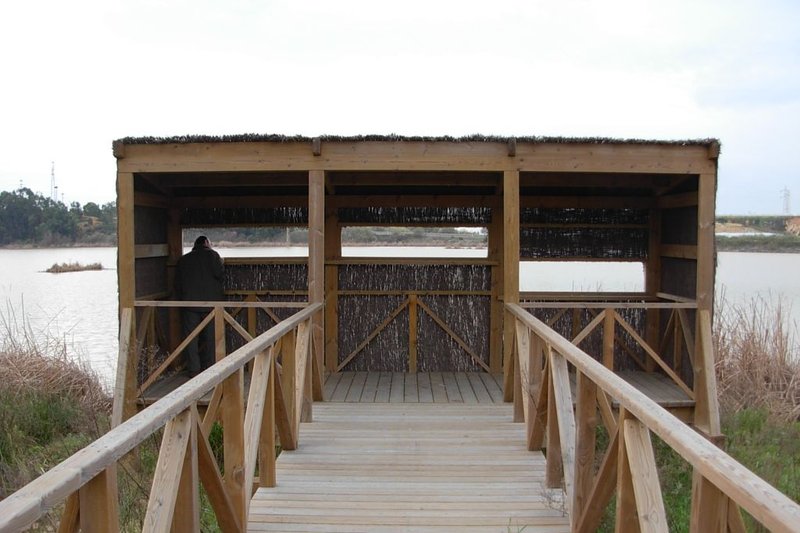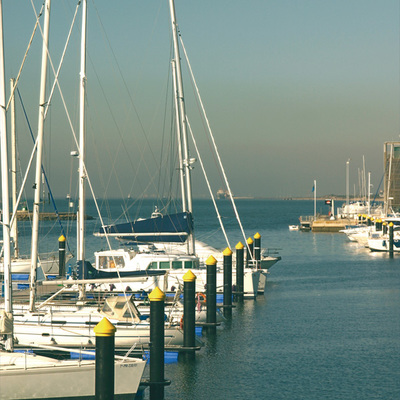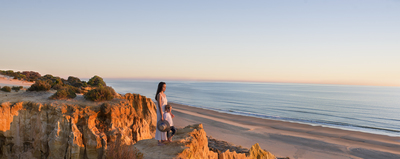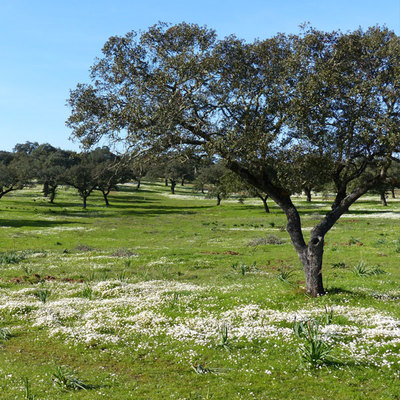Estero de Domingo Rubio
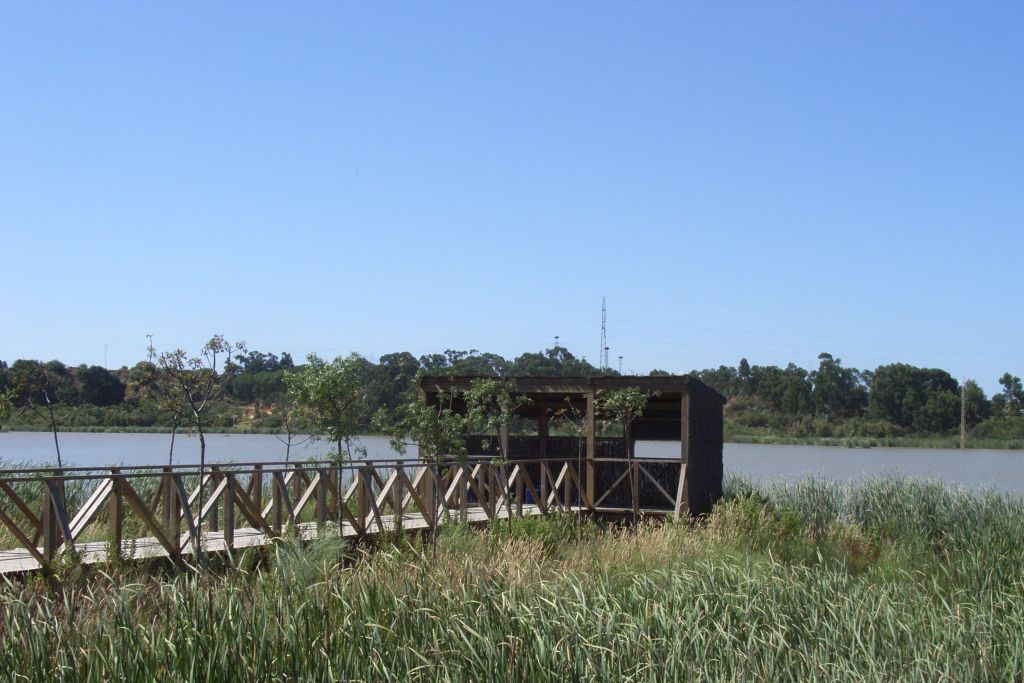
The Estero de Domingo Rubio Natural Area is a wetland with great environmental importance. Its waters supply many animals that live in the area, and it is also a favourite spot for birds visiting the nearby Doñana National Park.
It is set around the mouths of the Tinto and Odiel Rivers. Its waters come from the Atlantic Ocean, the confluence of various streams such as Juana Ruiz, Príncipe and Juan Delgado, and from the water it gets directly from rainfall. This is why the environmental conditions of the marshland vary according to the tides. There are three different areas: the marsh, the mid-section and the high section, or "lacustre".
The Estero Trail runs between the mid and high sections, with broom growing on either side. Along the way there is a hide for bird watching where you can see many different species. In the marsh area, vegetation adapted to high salt concentrations predominates, such as saltmeadow cordgrass.
Amongst the mid and high sections, special mention should be made of the elegant little egret, which moves its yellow feet under the water, copying the movement of worms to attract small fish. When these come close they are caught in its long bill. Here, the dense vegetation is an ideal nesting ground for many birds such as the bright, purple swamphen and discreet little bitterns.
In the marsh area there are many waders such as sanderlings. Their name ("correlimos" in Spanish), has a double origin: their unusual way of moving, running ("correr") on their small legs, and the way they feed on tiny creatures that they find between the fine particles of mud.
These places are packed with history. La Rábida Monastery is very close by. This is where the plan for Christopher Columbus; first expedition to the Americas was hatched.


